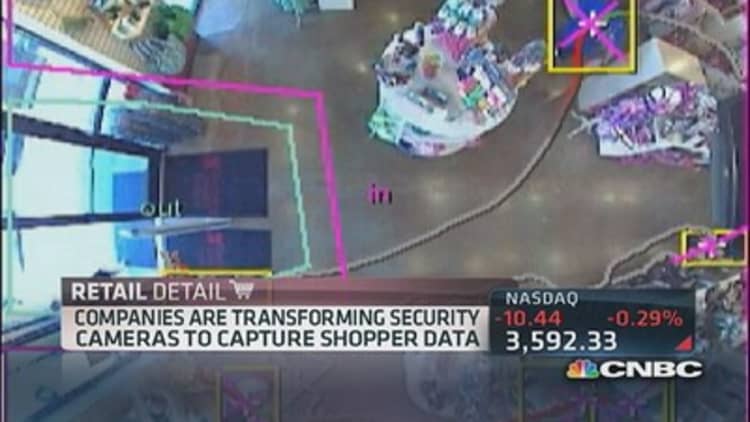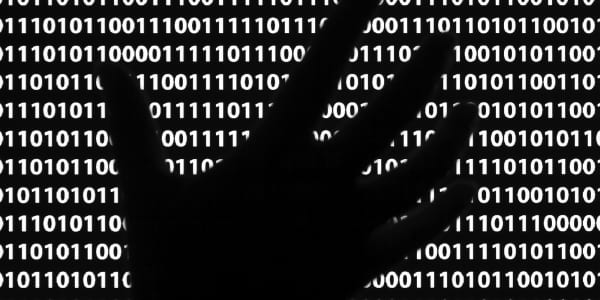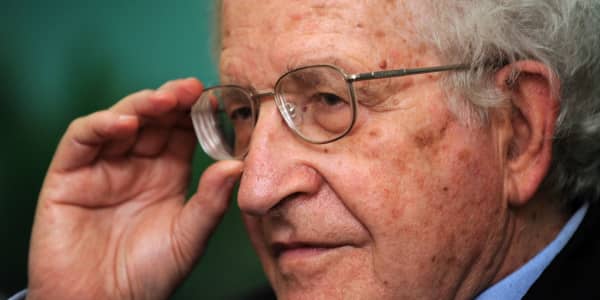
Retail has come a long way from the days of the general store, and many believe the sector is on the verge of another revolution.
Some analysts are suggesting a close correlation between adopting new retail technologies and business success. But not every new technology is a silver bullet, so for every advancement that boosts sales, there are duds.
At the moment, the secret formula appears to be finding technologies that provide value to shoppers with little effort on their part, though retailers also have gotten results with advances that benefit only them.
Customize it, for less
Global athletic retailer Adidas has piloted a virtual footwear wall in some of its stores, enabling shoppers to render different variations of a shoe, get live Twitter feeds about each product and even trivia about the athletes that wear its shoes.
Michelle Tinsley, director of transactional retail in Intel's Retail Solutions Division, said Adidas has seen explosive sales growth from the wall. Consumers are either buying a higher-end shoe than they had planned or more items than they would have without it.
"Adidas has seen anywhere from 500 percent uplift in their London pilot, to 77 percent in Tokyo or 133 percent in Germany, so that's a great example of a win-win where the customers are getting more customized product," Tinsley said.
3-D body scanning
New York City-based suitmaker Acustom Apparel uses 3-D body scanners that eliminate much of the expense associated with bespoke tailoring.
The scanners "use lights and sensors to create a 200,000 data-point digital image of your body, said CEO Jamal Motlagh. "The technology cuts the cost of a custom suit by more than 50 percent."
(Read more: Cramer: Once hated, these retailers will go higher)
TC2, which makes the 3-D body scanner, said Brooks Brothers also uses the scanners in two locations.
L Brands' Victoria's Secret has five 3-D body scanners. They aren't used to produce custom lingerie, however, but rather to define bust shape and bra size for more accurate inventory sizing.

EBay has developed a number of technologies for both consumers and retailers. If you're trying to find the your favorite celebrity's latest red carpet look, the company hopes you will use the eBay Swatch app. You take a photo on a smartphone, and then the app search eBay's inventory to find the item or something similar.
Not all retail technology works well. QR, or Quick Response, codes, haven't taken off the way many had hoped the would. The two-dimensional bar codes, available on many products and ads, are meant for consumers to scan with smartphones to gather more information.
(Read more: )
"The simpler it is, the more likely retailers will see the uptick," said Jeff Schumacher, global managing director at Booz Digital and former chief marketing and strategy officer at Sports Authority. "The more hoops you make a customer or user go through, the less likely they are going to use it."
QR codes probably will be replaced by technologies with fewer steps, he said.
The key for retail technology is that it enhance the shopper experience, according to Tinsley. Something designed for the retailer's sake that doesn't do much for the customer likely won't make it past the pilot phase, she added.
Big data from Big Brother
Then again, there is strong support for the power of analytics—information culled from technology that isn't so obvious to consumers.
Many say that Nordstrom is one of the best when it comes to investing in technology. The high-end department store recently spurred controversy over a geo-fencing program that used shoppers' Wi-Fi phone signals to trace their movements around 17 of its stores.
"The Euclid technology was a test that came to its [planned] conclusion, and while we did hear from consumers, there was also misinformation about what the technology was," said Tara Darrow, a spokeswoman for Nordstrom. The company said the data gathered was for analytics and that there was no connection to security cameras—though that technology does exist.
(Read more: Avoiding temptation: How to outsmart retailers)
Tim Callan, chief marketing officer at RetailNext, said a number of companies are using the footage recorded by store surveillance cameras to glean insights about shoppers' behavior. This information can help retailers evaluate what products people like most and where those items should be shelved. It also can help managers gauge the effectiveness of marketing programs and even improve staff scheduling.
While some consumers are uncomfortable knowing their shopping habits are being tracked and analyzed, others say it's just the reality.
"It's like airport scanners—I think you get used to it," said Jane Wilson of Englewood Cliffs, N.J.
Fellow shopper Judy Bacigalupeo agreed, saying, "I don't think much is private anymore. As long as it's not affecting me personally, it's fine."
Ginny Parra felt differently, however. "Our privacy has been invaded too much," she said. "I don't agree with a lot of it. I think it's just too much information."
Callan said, "Brick-and-mortar retailers have an opportunity to adopt the same kind of analytics that have been used by their e-commerce brethren for more than a decade to understand things like how many people are coming into stores, what products they engage with and ultimately how all that turns into sales at the register."
Schumacher at Booz Digital said, "A disproportionate amount of a retailer's revenue is usually controlled by the top 10 percent of its consumers, so developing an experience for those top 10 creates a migration to all the other segments within your customer base. It creates a better experience for consumers, plus more revenue and profit for the retailer."
Clients are getting measurable results from the data gathered by technology such as video tracking, Callan said.
"We routinely see that retailers can increase same-store sales by 10 percent or more based on what they learn from the analytics they put in their stores," he added.
And providing a better customer experience may be essential for discount retailers, which face major competition from e-commerce. Both Wal-Mart and Target have made strides with mobile apps and other in-store programs, Schumacher said.
Tinsley said Nordstrom likely dominates in fashion retailers that leverage technology, though she said also has been excited by recent developments out of Wal-Mart Labs, as well as Starbucks' strategies to reinvigorate the experience for its customers. It's not a coincidence that the financial performance of retailers that lead in technology often outstrips that of the competition.
"If you look at who's financially performing very well in the retail industry," she said," it's a tightly aligned list with who is adopting the technology in an experience-focused way."
—By CNBC's Courtney Reagan. Follow her on Twitter @CourtReagan.





